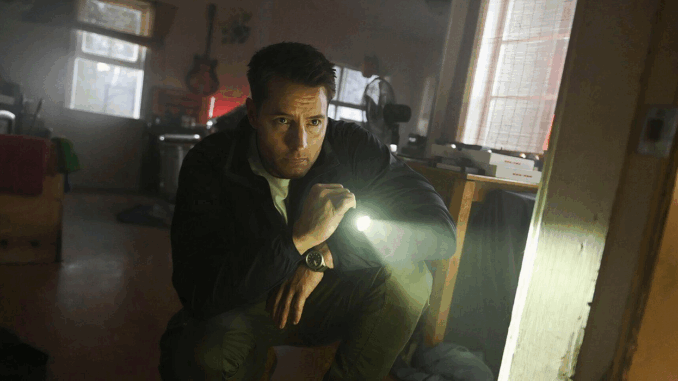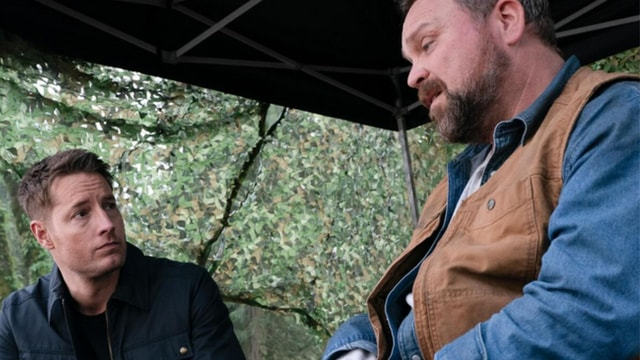
A Cinematic Love Letter to the Wild
One of the most striking aspects of Tracker is its use of setting. From deserts to dense forests to quiet suburban streets, each episode unfolds in a new location, turning the American landscape into a dynamic character of its own. The cinematography embraces wide-angle shots, natural lighting, and earthy color grading to bring realism and awe to the screen.
Filming on Location: A Bold Choice
Unlike many network shows that rely heavily on soundstage shooting, Tracker frequently films on location. This decision enhances authenticity and provides unique atmospheres that influence each story. When Colter navigates the rugged backcountry or a decaying urban sprawl, viewers feel the terrain as deeply as the characters do.

Mood Through Camera Movement and Lighting
Director choices around camera movement and lighting subtly reinforce the emotional tone. Slow, lingering shots often signal moments of reflection or loss, while kinetic, hand-held sequences pump up the tension during a pursuit or confrontation. These visual techniques ensure that the audience feels what the characters are experiencing on a visceral level.
Elevating the Genre Visually
In many ways, Tracker feels like a streaming drama in disguise—cinematic, atmospheric, and intentional. Its visual language sets a new bar for network television, proving that procedural dramas don’t have to look or feel disposable.
